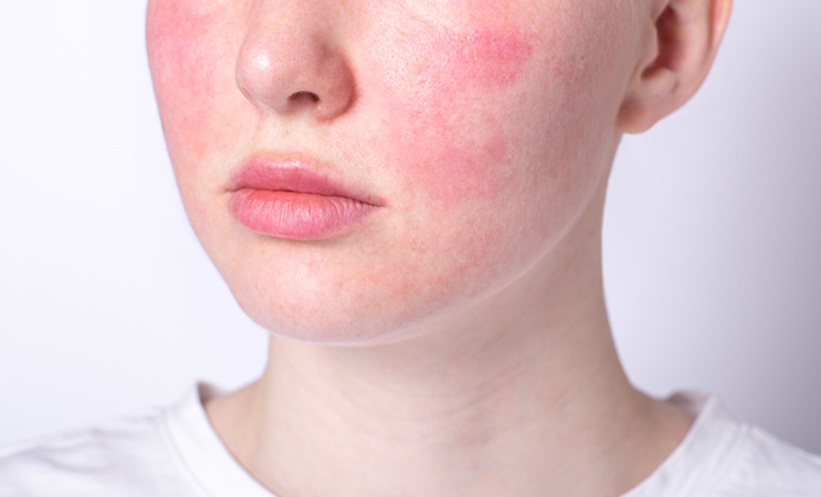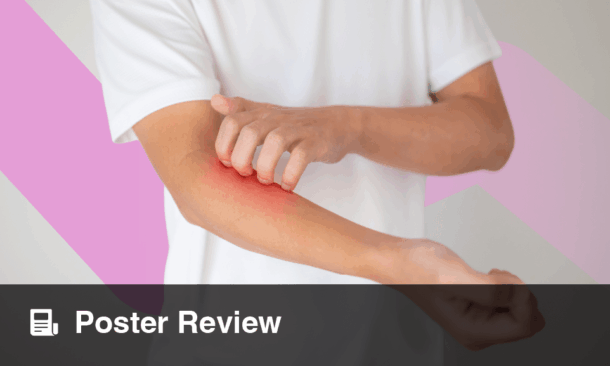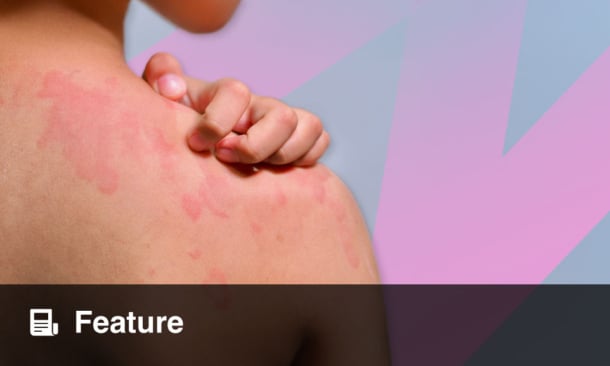ROSACEA is a chronic inflammatory skin disorder predominantly affecting the central face, often manifesting as persistent erythema, visible blood vessels (telangiectasia), swelling, and acne-like papules. While the milder erythematous form mainly involves transient redness and hypersensitivity, the condition significantly impacts patients’ quality of life, a factor often underestimated.
Its multifactorial origin includes genetic predisposition, environmental triggers, vascular irregularities, and immune system dysfunction. Standard treatments typically consist of topical agents, oral antibiotics, and lifestyle modifications aimed at avoiding flare-up triggers. However, these conventional therapies often lack long-term effectiveness, prompting interest in novel approaches.
In recent years, energy-based devices (EBDs) like intense pulsed light (IPL), pulsed dye laser (PDL), KTP, and long-pulsed Nd:YAG lasers have gained traction. These modalities effectively reduce visible vessels and facial redness by targeting dilated blood vessels and stimulating collagen production, which helps improve skin elasticity and texture.
An increasingly studied adjunctive therapy is Hyaluronic Acid (HA), a naturally occurring substance in the extracellular matrix known for its hydrating, regenerative, and anti-inflammatory properties. HA injections, when used in tandem with EBDs, have shown promise in reinforcing the skin barrier, reducing inflammation, and improving overall skin quality. Notably, administering HA either before or after laser treatments helps minimise post-procedure dryness and enhances outcomes.
Low-concentration, low cross-linked HA appears particularly suitable for inflammatory skin conditions like rosacea. Clinical experiences and studies reveal these formulations are well tolerated and may provide added antioxidant benefits, contributing to skin calming and enhanced appearance without adverse effects.
Interestingly, patient-reported outcomes from clinical trials suggest high psychological satisfaction from HA treatments, even when objective skin texture changes are modest. This indicates that the benefits of HA, especially its sustained moisturising and anti-inflammatory effects, may be key drivers of patient well-being.
As evidence grows, the integration of HA with laser-based therapies presents a compelling, safe, and effective option for managing mild to moderate rosacea, with both clinical and psychological benefits.
Reference
Proietti I et al. Integrative rosacea treatment: combination of a low crosslinked injectable hyaluronic acid filler with standard therapeutical interventions-an international real world case series. J Cosmet Dermatol. 2025;24(4):e70199.







